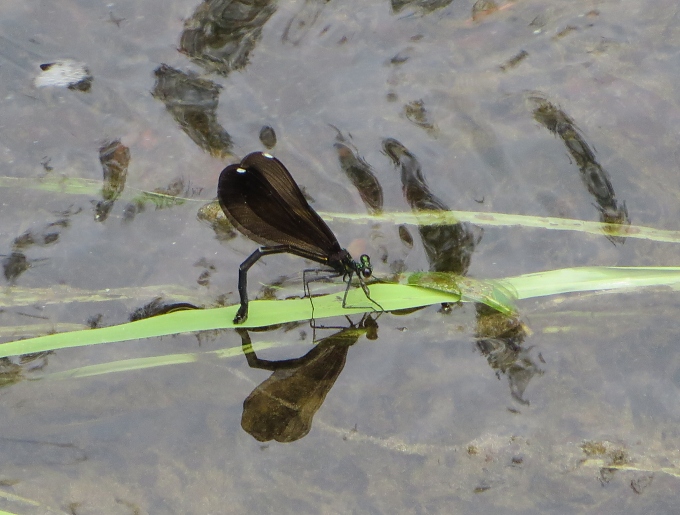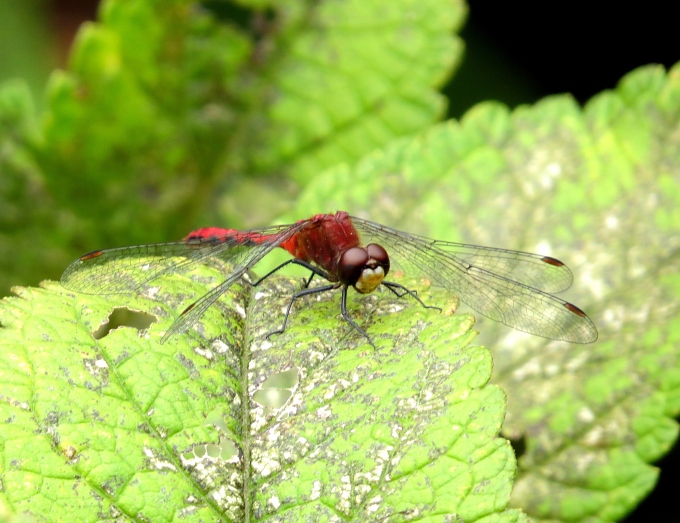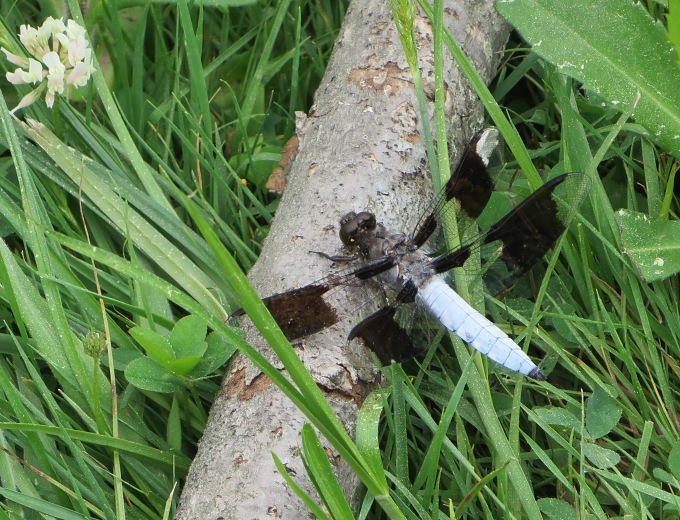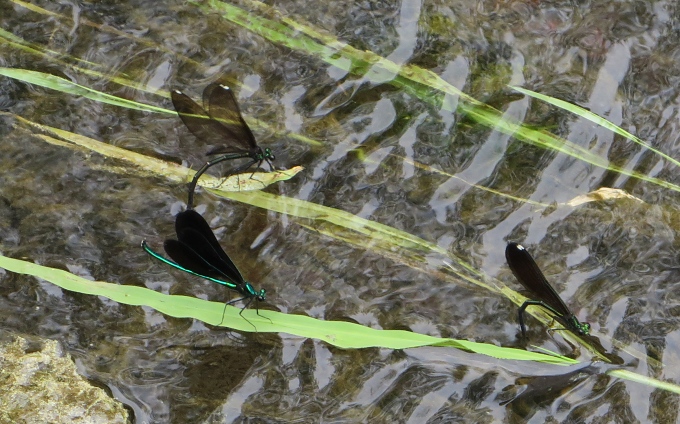Oystercatchers in Residence - Mandurah Marina
/Each day when I head to the marina clubhouse early in the morning, there's an oystercatcher on the porch near the door. His mate is usually down on the beach. I thought he was scrounging for food, but found that he was instead defending his territory against another, rather handsome oystercatcher, that seemed to be following his every move.
This the very same oystercatcher couple that was in residence when I left in May and I was surprised to see them still here and figured I'd better learn a bit more about them since I chat with this fellow every morning.
First of all, the name “oystercatcher” seems to be a misnomer as they don't usually dine on oysters at all. It seems an American chap, Mark Catesby, coined the term oystercatcher in 1731 and it became the preferred name. The previous name was “sea pie” … I think oystercatcher is an improvement. Anyhow, though oystercatchers are found pretty much worldwide around coastal areas, the pied oystercatcher (pied usually translates to sharp contrasting black and white coloration) found here is native specifically to Australia.
These birds are so distinctive looking that it's hard to ignore them if you see them. About the size of a pigeon, their black/white feather combination is striking. They have dark eyes with bright orange/red eye rings and a matching, particularly long, orange bill which they use for smashing and prying open mollusks, their preferred diet. Long pink legs, good for wading, complete the picture.
This species is monogamous and very territorial. I watched as a gull came close to the female. She “pleep, pleep, pleeped” a few times and before you know it, the male was at her side warning off the gull who seemed rather nonchalant and unbothered about the whole episode.
I like to watch them when they're wading. When they're not looking for a snack, they usually rest on one leg for indefinite periods of time. Great balance.
I spotted a speckled egg just laying in a small indentation in the sand midst weeds and debris and thought it couldn't possibly be the nest, but it was.
It appears that oystercatchers in the northern hemisphere lay three eggs on average in a clutch, but the oystercatchers down under are more likely to lay only two, although this couple seems to have only one at the moment. It's the wrong season for eggs and nesting, but there's definitely an egg there and from time to time, one of the birds seems to be tending to it. Perhaps, they've got their seasons mixed up.
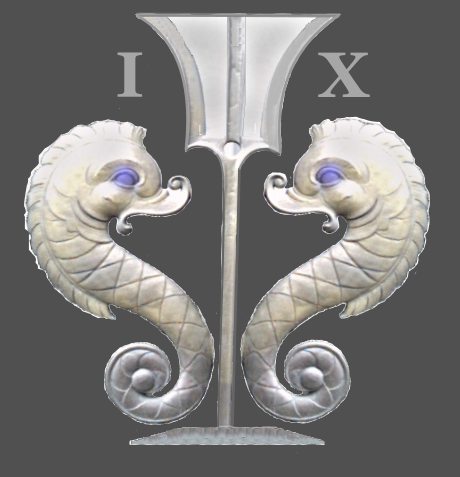

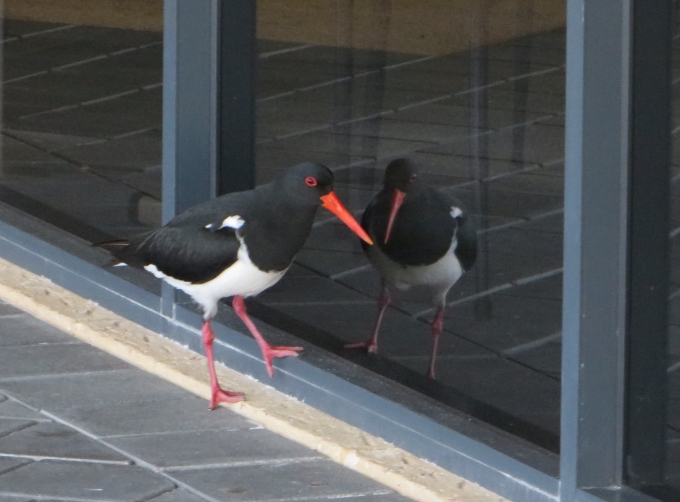










 and websites specific to the topic of dragonflies and damselflies. I don't know why I'm surprised … there are books and websites out there on every topic imaginable. Though I appreciate
and websites specific to the topic of dragonflies and damselflies. I don't know why I'm surprised … there are books and websites out there on every topic imaginable. Though I appreciate 